May 16, 2024
Beneath The Surface
To grow their roots, plants feel gravity — ISTA scientists take a close look
Using the force of gravity, roots weave their way through the soil to provide a plant with both structural support and essential nutrients. Anastasia Teplova from the Friml group at the Institute of Science and Technology Austria (ISTA) investigates the mechanism behind this process. In celebration of Fascination of Plants Day, she offers a glimpse into the lab, showing off tiny seedlings, a tailor-made microscope, and a new discovery.

Anastasia Teplova picks up a square Petri dish from her lab bench and holds it up to the light. Inside, seedlings of tiny mouse-ear cress (Arabidopsis thaliana; A. thaliana)—a model organism in biology—are embedded in a nutrient-rich medium and happily growing. She puts the Petri dish back down and takes up a different one. “Look closely,” she says. “The seedlings here seem different from the others, don’t they?” Their fine roots, which normally grow downward, are directed in the complete opposite direction. “They’re modified and lack three proteins from the protein family called NGR (Negative Gravitropic Response of Roots), which causes this phenomenon,” explains Teplova. “The plant is still able to survive, but it has lost its ability to sense gravity.”
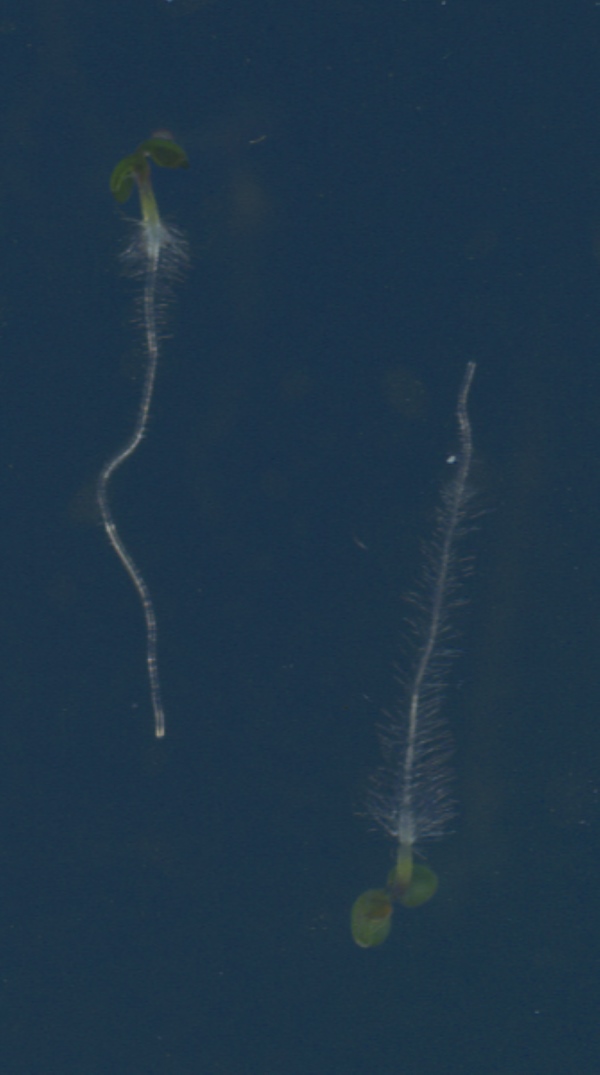
Plants rely on Earth’s gravitational pull to orient their growth, respond to environmental cues, and anchor themselves in the soil. The precise molecular mechanism behind this ability, however, is not fully understood. A recently published paper in eLife by Teplova, Ivan Kulich, Julia Schmid, and Linlin Qi from the Friml group at the Institute of Science and Technology Austria (ISTA) gives new insights.
Plants “feel” gravity
Plants’ vibrant green shoots are stretching toward the sun, soaking in all the light. Hidden from our view, a different world emerges, where roots are silently expanding and threading through the soil. But how do they do it? “It’s a quite complicated and well-regulated process called ‘gravitropism’,” says Teplova. Roots exhibit positive gravitropism, growing downwards with Earth’s gravitational pull, while shoots display negative gravitropism, growing upwards against gravity. Gravity in the root is sensed in columella cells in the forefront of the root, known as the root tip, with the help of specialized plastids (compartments) called “amyloplasts”.

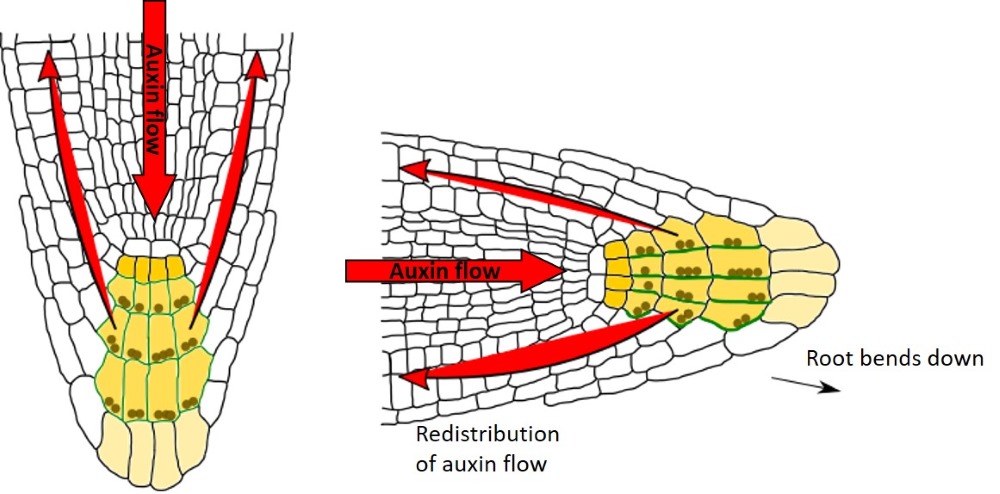
“Amyloplasts are filled with starch and are way heavier than their surroundings,“ Teplova continues. In a horizontal root, gravity causes them to accumulate on the lower side of the columella cells. This triggers a signaling cascade that results in an accumulation of the plant hormone auxin on the lower side of the root, causing downward bending of the root. Step by step, this facilitates the root’s gradual descent into the soil to access nutrients and water.
Gravitropism was first proposed in the Cholodny-Went model in 1927. Although undergoing modifications over time, the model has largely stood the test of time. Nonetheless, several facets of the molecular interplay remain elusive, for example, how gravity sensing is connected to the auxin distribution. With her PhD project, Teplova tries to find out more about that mystery.
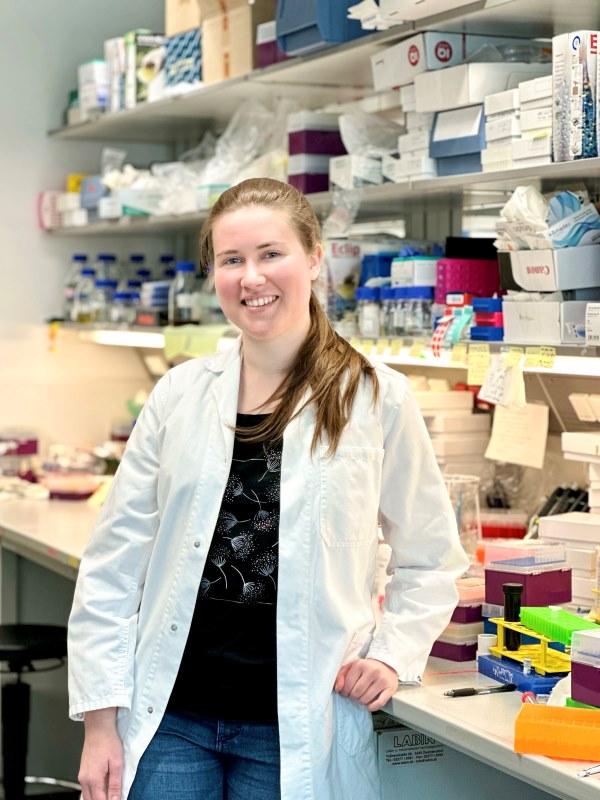
“Life as a plant researcher looks different every day. It’s not only lab work, but also a lot of reading, quantifying data, and many hours at the microscope,” she says. Fortunately, the microscope room is only a stone’s throw away from her lab.
Live look at molecules in roots
In the microscopy room, Teplova immediately gets to work. She looks through the objective of a customized microscope setup and carefully turns the knobs to adjust the image. A mouse-ear cress seedling is placed on a stage and Teplova zooms in on its root.
“You can place a plant vertically into the microscope and then rotate it in a full 360-degree motion,” she says. “We take live movies of the seedlings growing in the microscopy chamber to see how they respond to gravity.” The scientists are mainly looking at proteins in the columella cells, which are not visible to the naked eye. First, they have to be labeled with a fluorescent dye. For example, in Teplova and Co’s recent publication, the researchers marked NGR (the loss of NGR proteins triggers chaos in root growth), and then carefully analyzed where it localizes inside cells upon gravity sensing.
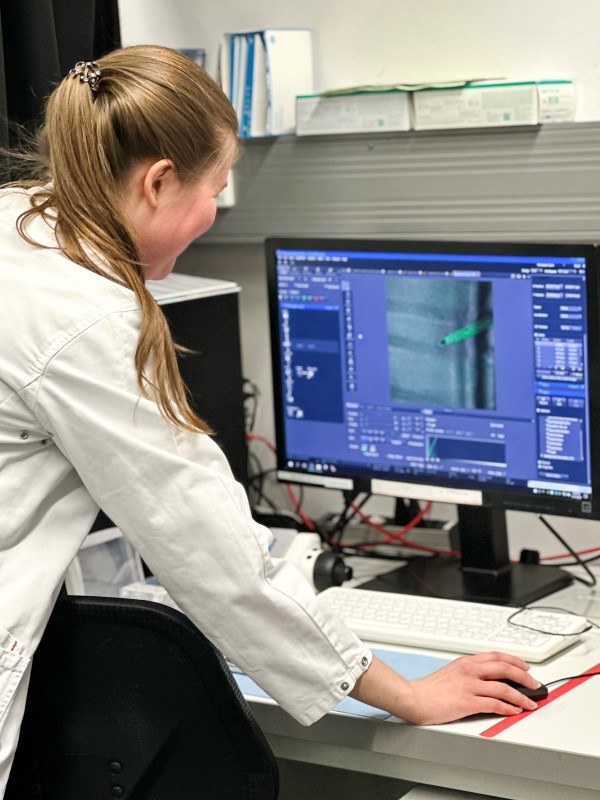
“When we rotated the plant, NGR moved to the new bottom side of columella cells, along with the amyloplasts,” says Teplova. Similarly, another protein called “D6 protein kinase (D6PK)”, which activates specific proteins that create the auxin flow, follows the same pattern. When testing mouse-ear cress lacking NGR, D6PK no longer relocates. In essence, if one mechanism fails to function, the other one is also affected, thus suggesting an interplay between those two.
The findings shed light on the events that enable the plant roots to reorient growth in response to gravity. They present a missing link that connects the sedimentation of amyloplasts to the distribution of auxin. “There are still many open questions,” says Teplova. “One of the next steps will be to find out how these proteins are interacting.”
Fascination of Plants Day on Instagram
In addition to the Friml group, the Benkova and Feng groups at ISTA are also conducting research on plants. The topics range from hormone signaling, genetics, and sexual reproduction, to plants’ adaptive characteristics. On Fascination of Plants Day 2024, many members of these labs collectively work together and share spectacular facts about plants as they take center stage on the Instagram page of the Institute of Science and Technology Austria (ISTA).
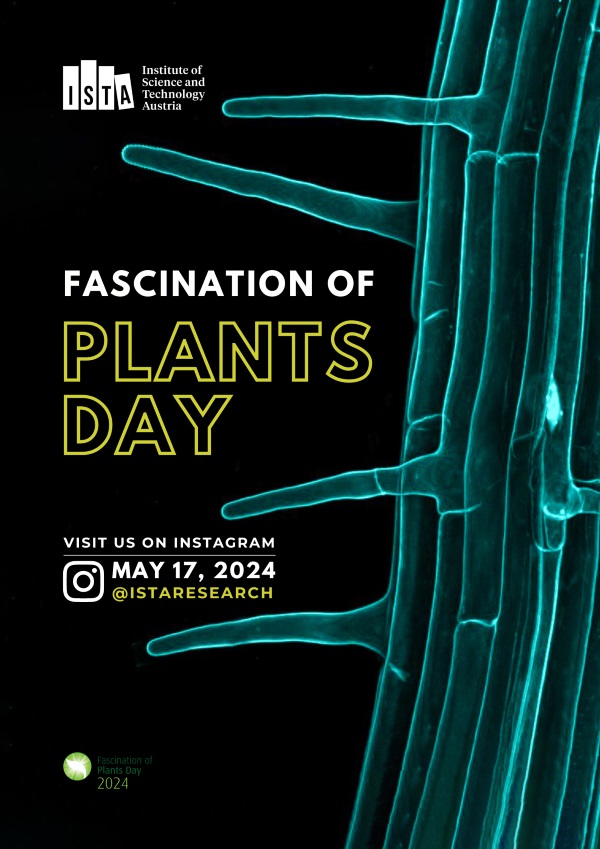
Publication:
I. Kulich, J. Schmid, A. Teplova, L. Qi & Jiří Friml. 2024. Rapid translocation of NGR proteins driving polarization of PIN-activating D6 protein kinase during root gravitropism. eLife. DOI: 10.7554/eLife.91523
Funding information:
This project was supported by the European Research Council (ERC) under the European Union’s Horizon 2020 research and innovation programme grant agreement No. 742985 and Austrian Science Fund (FWF): I3630-775 B25 to Jiří Friml.



